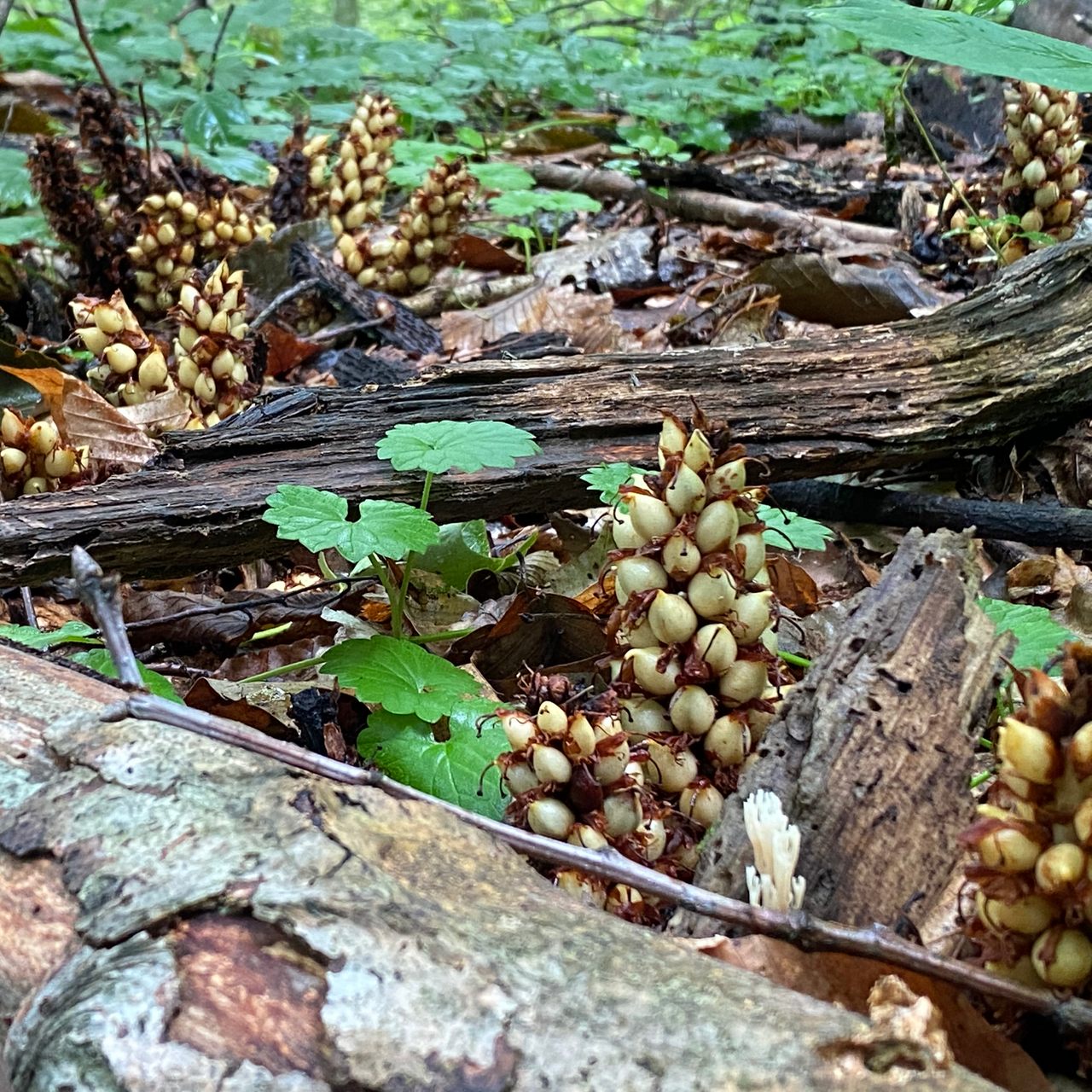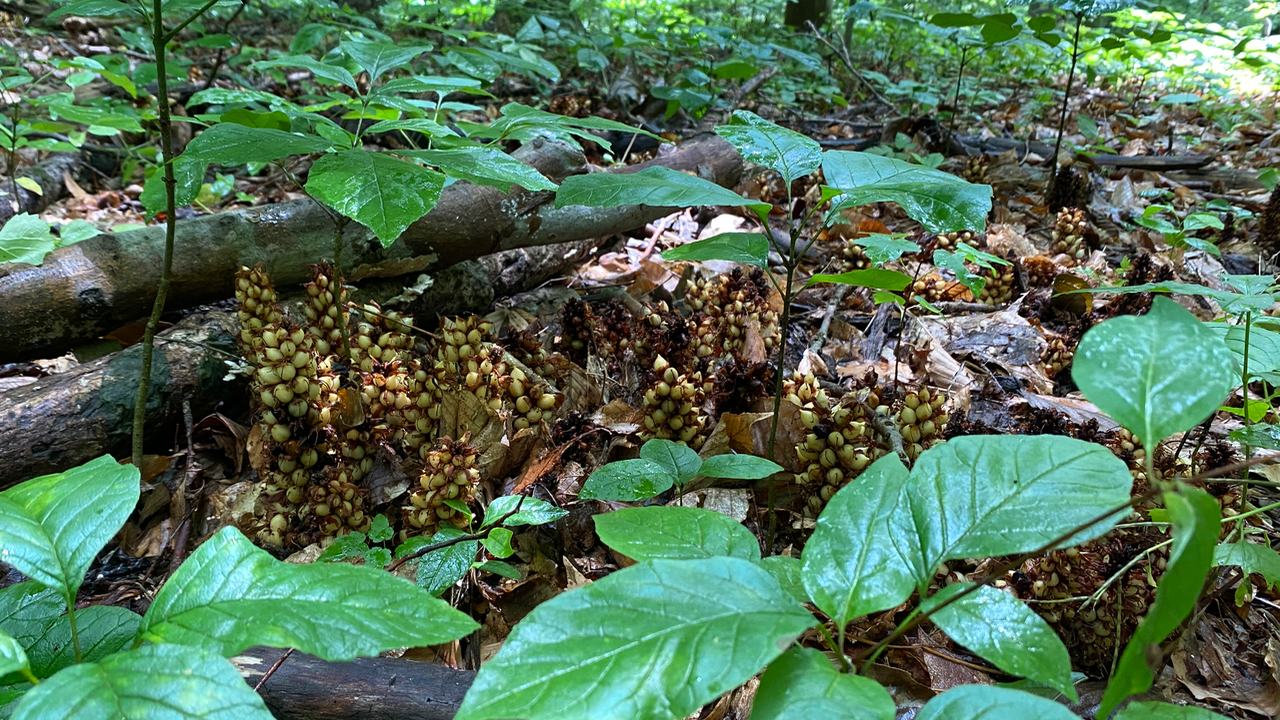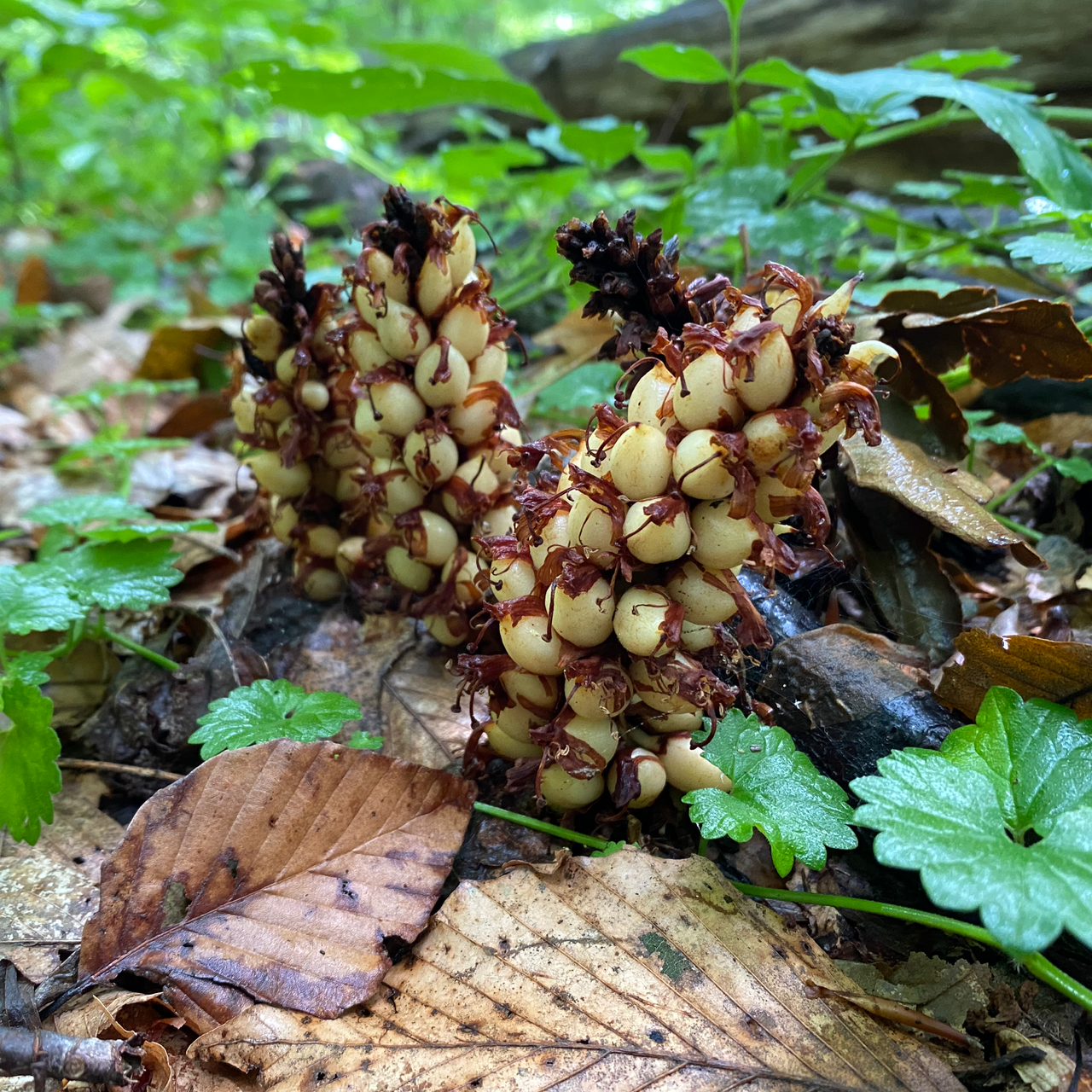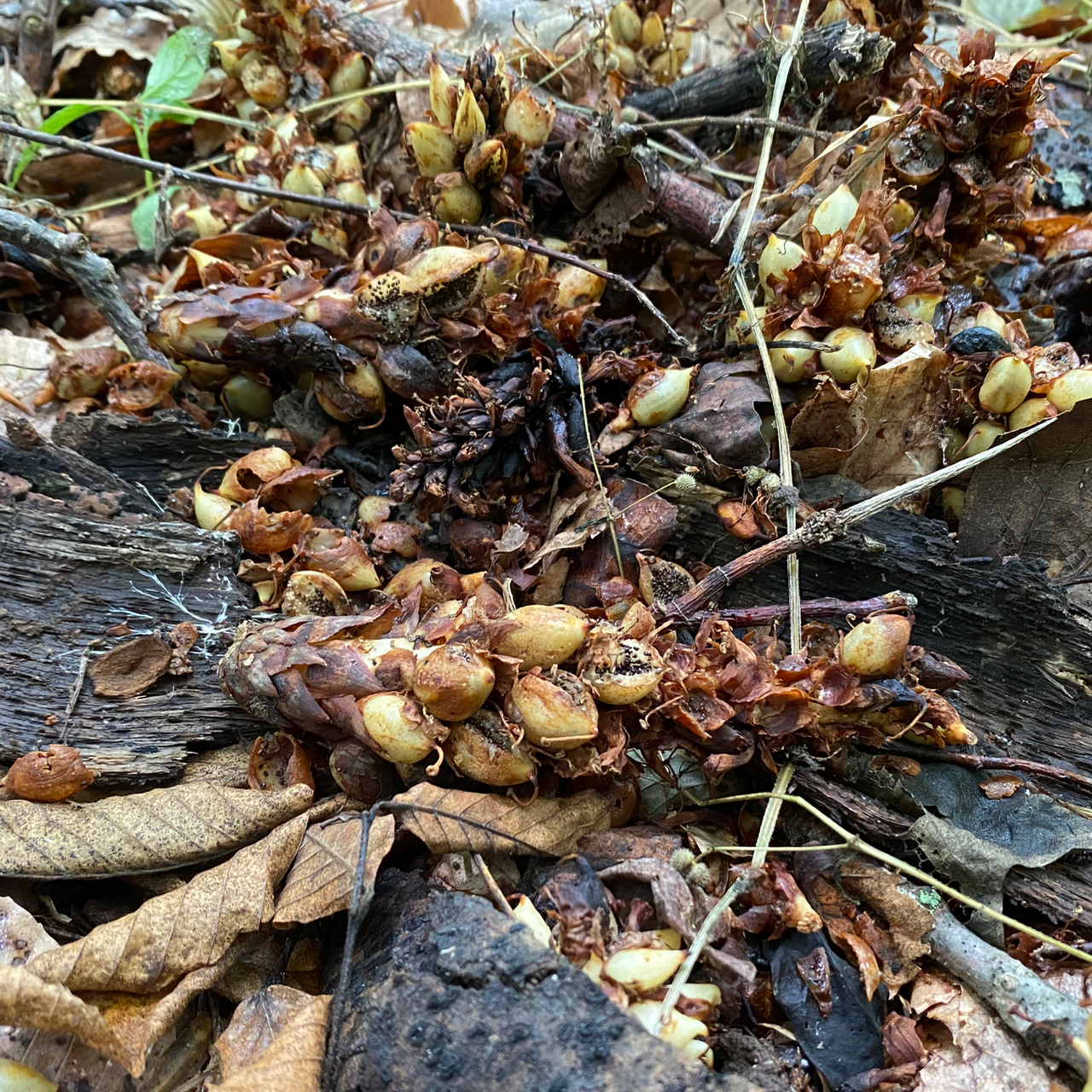These crazy looking growths are squawroot. Wow! I found a rare native plant in VA! Since the COVID-19 closures, my awareness increased. I notice really interesting things that previously I would have missed. Of course, timing helps. It was coincidence that I saw the cedar-apple rust. Those creepy orange things only appear for a few days. These did not last long either. The seed pods lasted 2 weeks. Read more to see if you can find some squawroot. It is pretty amazing.
Interesting Facts
Squawroot – Plant Particulars
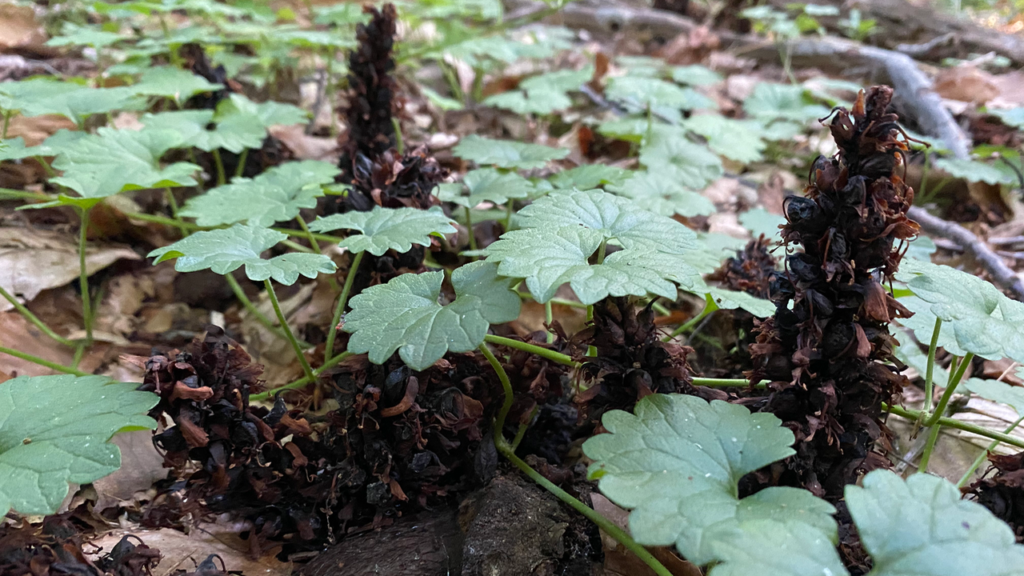
Want to find out more about this rare native plant in VA? Check out these references.
Go on The Virtual Nature Trail at Penn State New Kensington and learn more.
Second, you can check out the U.S. Forest Service Plant of the Week page.
Finally, this article from Mountain Lake Biological Station at the University of Virginia has some additional information.
